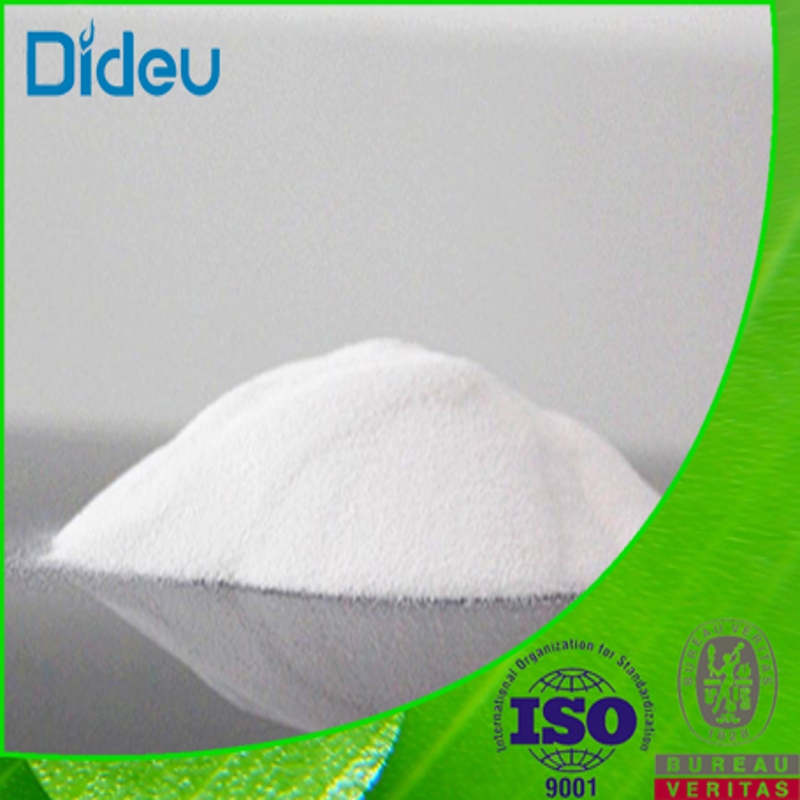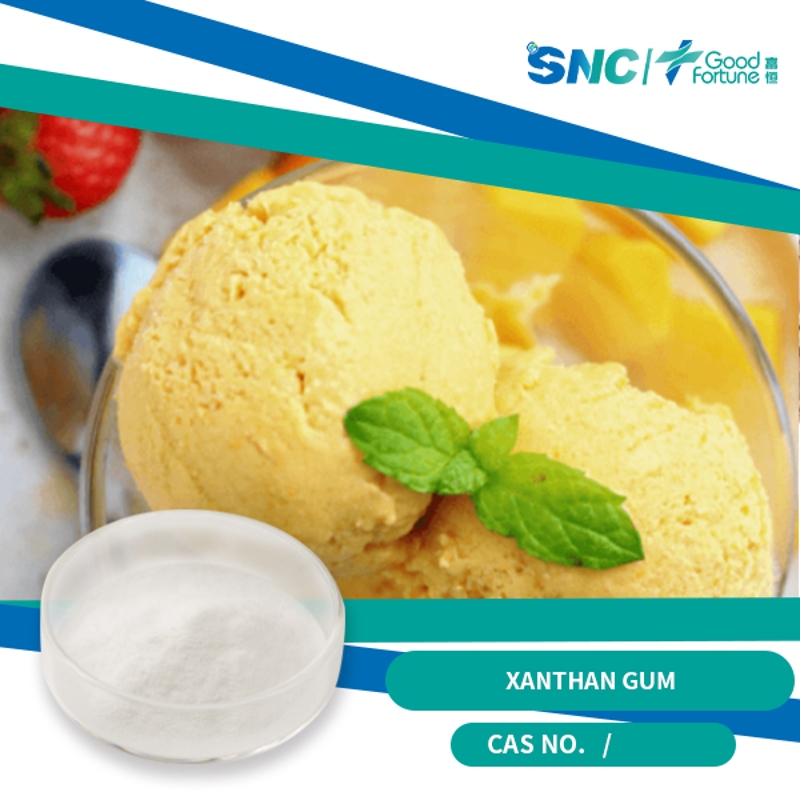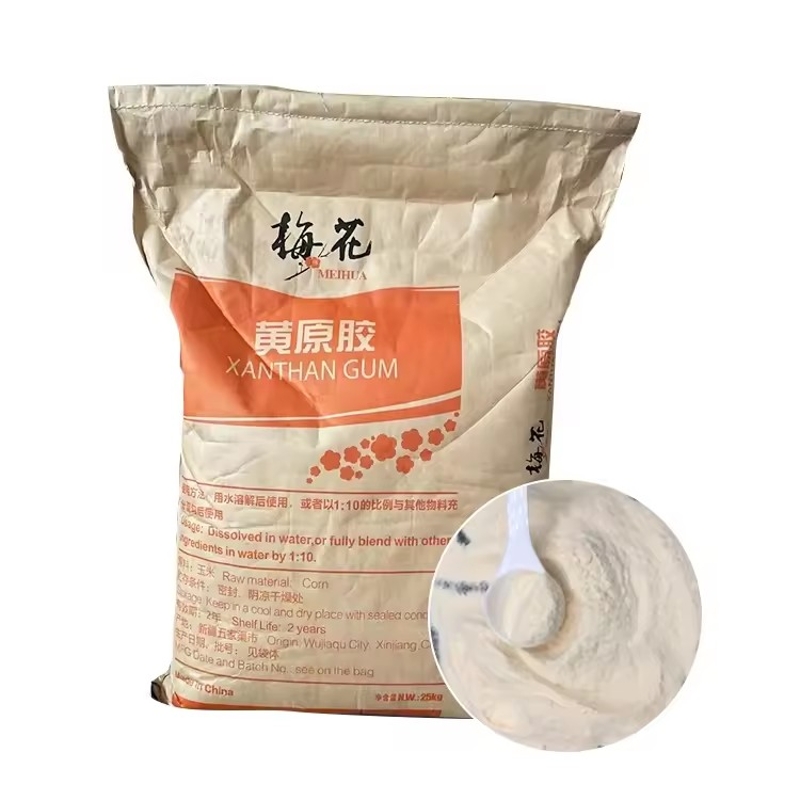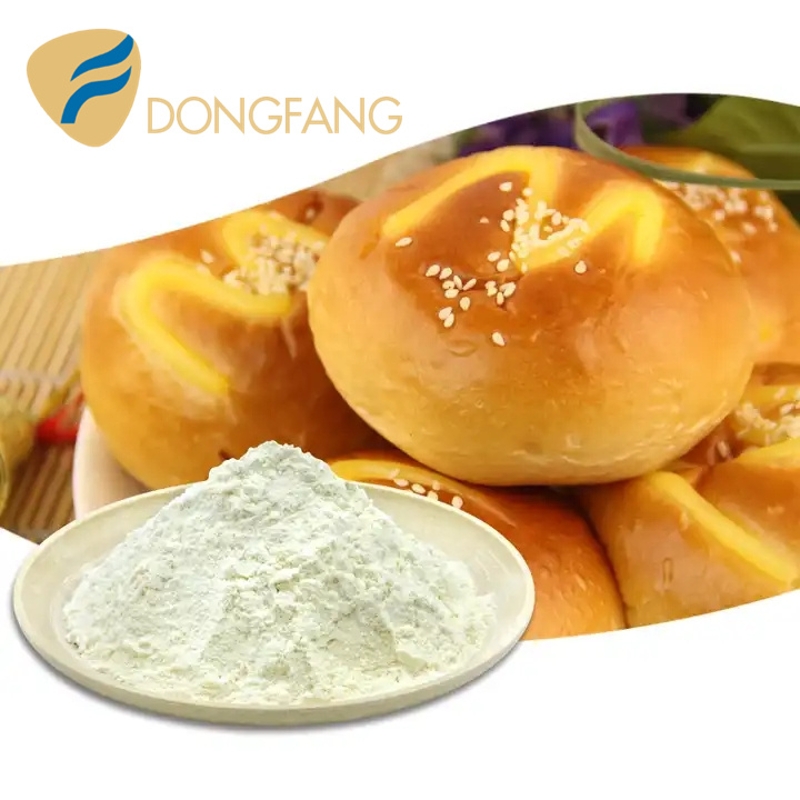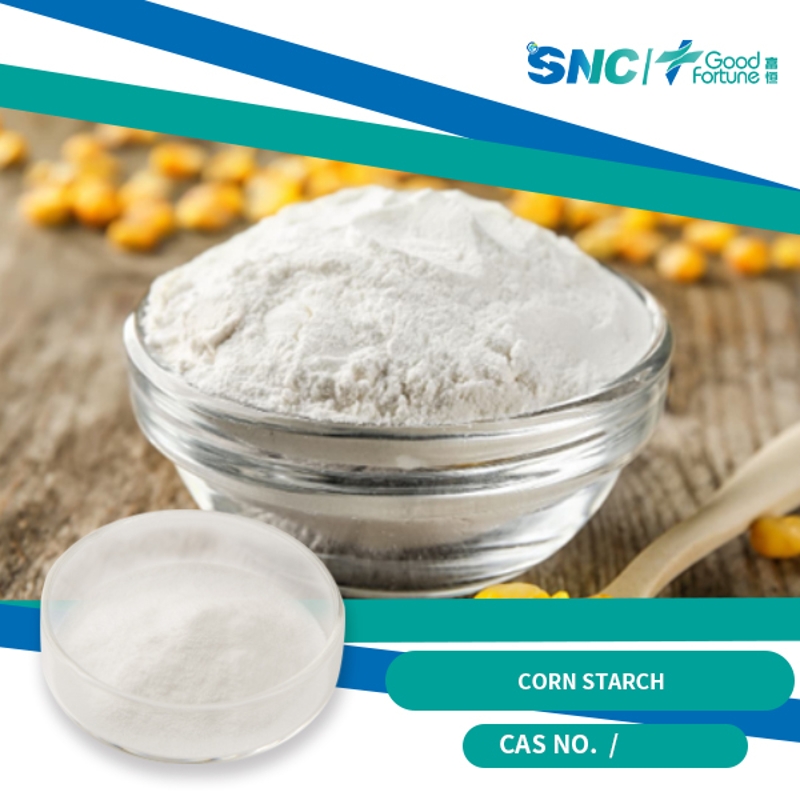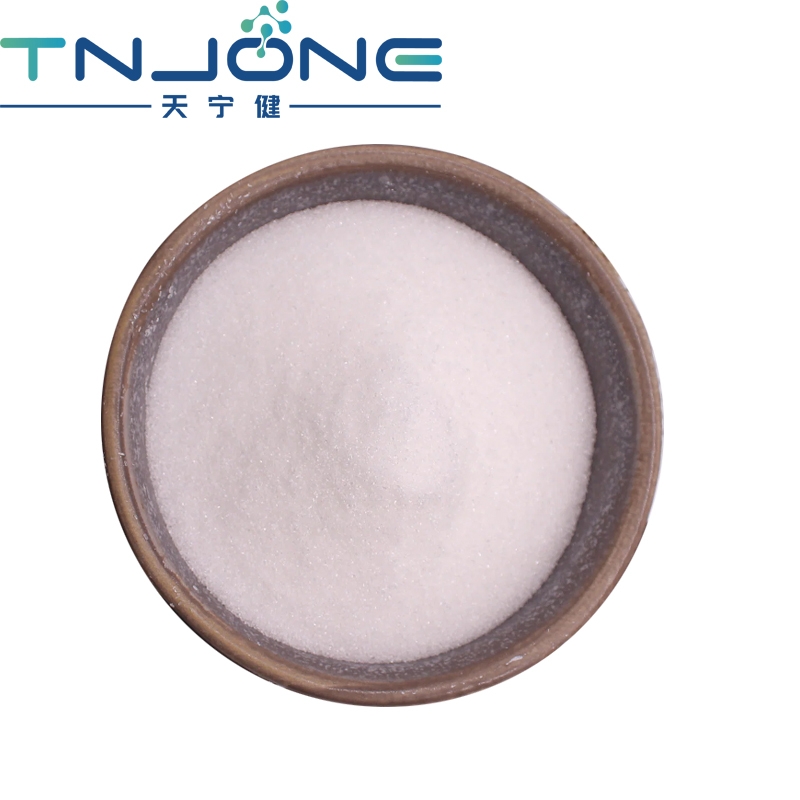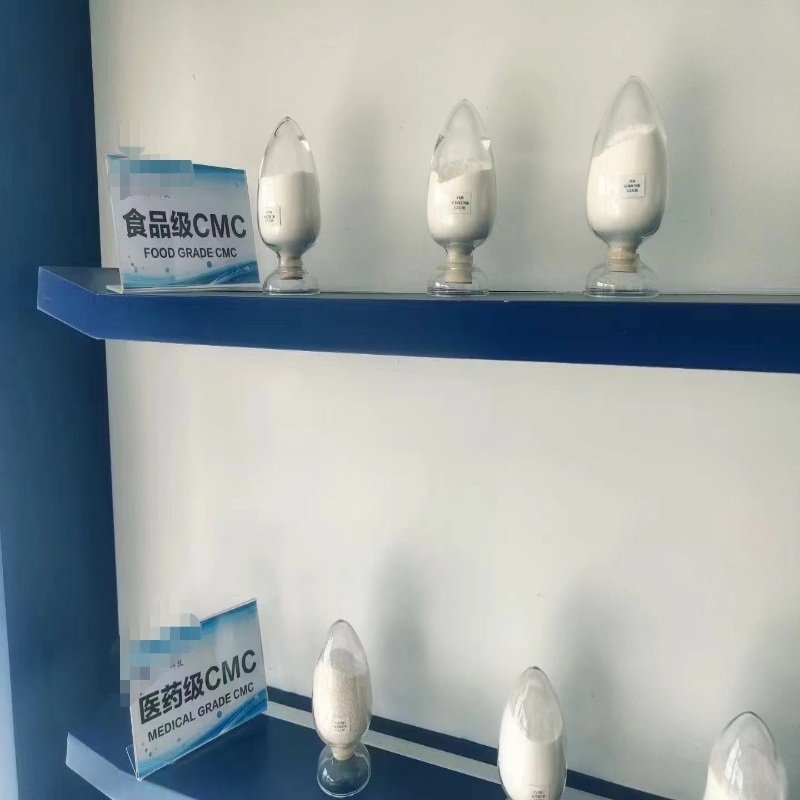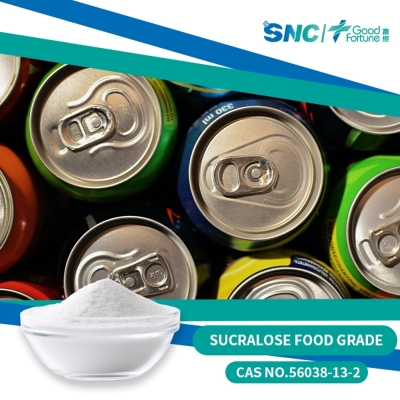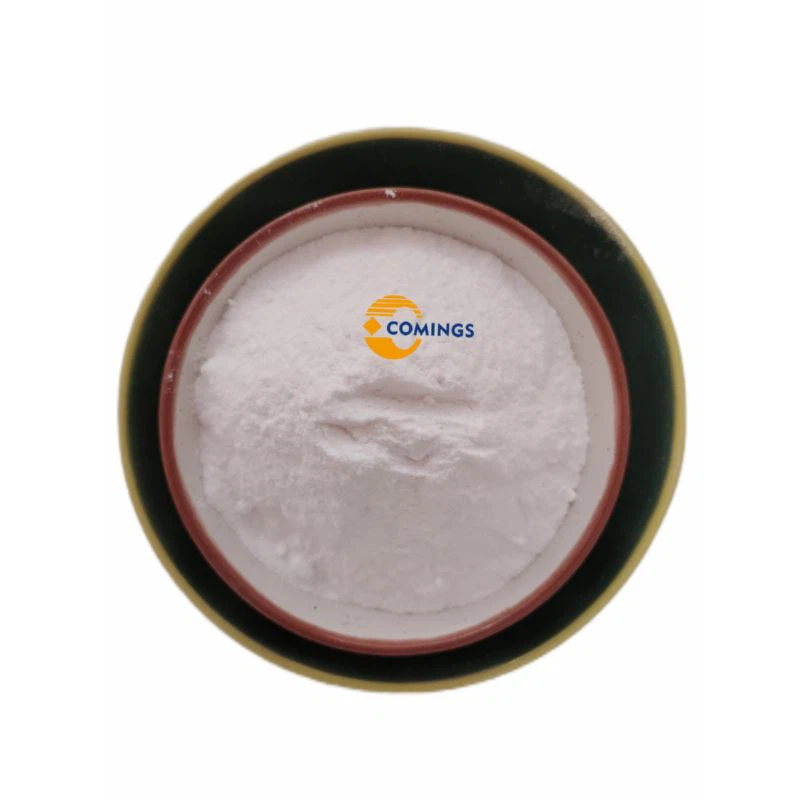Biochemical Engineering
- • Amino Acids and Proteins (221)
- • Nucleic Acid Drugs (18)
- • Enzymes and Coenzymes Drugs (115)
- • Inhibitors (1083)
- • Biological Response Modifiers (15)
- • Fat Medicines (7)
- • Amino Acids and Derivatives (4144)
- • Saccharides (2371)
- • Biochemical Reagents (322)
- • Nucleoside Drugs (346)
- • Condensing Agent (40)
- • Polypeptide (619)
- • Biosynthetic Natural Products (105)
- • Plant Extracts (813)
- • Chinese Herbs (352)
- • Microbiology Reagents (11)
- • Protein Research (34)
- • Lipids (281)
- • Inflammation Mediators (128)
Related News
-
In 2023, the international food price index fell nearly 14% YoY , and only the price index of sugar and rice rose
2024-01-10 -
Shanghai Takes the Lead in Curbing Sugary Beverage Consumption with Innovative Health Warning Labels
2023-10-19 -
Russia's Penza prefecture exported more than 1,500 tons of beet slag to China
2023-03-28 -
Bulgaria plans to introduce regulations on sugar consumption requirements
2022-12-23 -
High sugar prices in Bangladesh show no signs of abating
2022-12-14 -
How Does Sugar React With Vinegar? Vinegar And Sugar, Unlikely Couple
2022-12-09
Saccharides
Get Saccharides Raw Materials by RegionCellulose
(9004-34-6)2. ACCEL-101 is most widely used for direct compression tableting and wet granulation.ACCEL-102 has similar compression properties to ACCEL-101. However, it has larger particle size and therefore, may be of value in improving the flow if fine powders.ACCEL
-
Food Grade / -
-
Chemical Grade / 99%
$1/KG FOB
-
- / 99.00%
-
Food Grade / 99%
Xanthan gum
(11138-66-2)-
Food Grade / 80%
-
Food Grade / 99%
-
Food Grade / 99%
-
Food Grade, Industrial Grade / 99.9%
Ribose
(50-69-1)2. D-Ribose is produced by microorganism fermentation of glucose in a fermentation culture medium without adding calcium carbonate.
-
- / 98%
-
-
- / 0.00%
-
- / 99.00%
Request for quotation , get quotes from more suppliers.
-
Food Grade / 90%
$0.5-0.6/KG FOB
-
Food Grade / 99%
-
Food Grade / 99%
-
Pharmacy Grade / 99%
Request for quotation , get quotes from more suppliers.
Carboxymethyl Cellulose
(9000-11-7)-
Food Grade / -
-
Pharmacy Grade / 99.5%
-
- / 99.00%
-
Food Grade / 99%
$2.5-3/KG FOB
Source Saccharides Products Supply
Sodium carboxymethyl cellulose
(9004-32-4)-
$0.01/KG EXW
-
Industrial Grade / 99%
-
Pharmacy Grade / 99%
-
- / 99%
Sucrose
(57-50-1)-
Industrial Grade / 99%
-
Industrial Grade / 99%
-
-
- / 99.00%
-
Industrial Grade / 99%
$5-6.3/KG FOB
-
pharmaceutical grade/food grade / 99%
$20/KG FOB
-
Pharmacy Grade / 99.5%
-
- / 99.00%
Chitosan
(9012-76-4)2. Ideal for wound healing and hemostasis; biosurgery and ophthalmology; scaffold and cell therapy; and drug delivery and vaccines
3. Flocculant, protein precipitation, encapsulating agent and aqueous thickener.
4. Also available in pharma grade
-
food grade / 85%
-
Pharmacy Grade / 99%
-
-
- / 0.00%
Request for quotation , get quotes from more suppliers.
Arbutin
(497-76-7)2. Antibacterial;Tyrosinase inhibitor
3. Arbutin is a glycosylated hydroquinone extracted from bearberry plant. Arbutin is a known inhibitor of tyrosinase, which in turn prevents the formation of melanin. Arbutin is often used as a skin-lightening agent in cosmetic products.
4. Veterinary drug
-
Top Product / 98%
$133.5-146.85/MT FOB
-
Industrial Grade / -
-
- / 0.00%
-
- / 99.00%
Request for quotation , get quotes from more suppliers.









